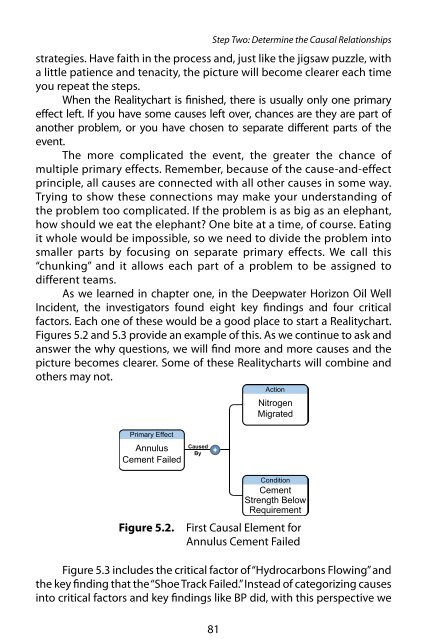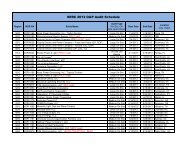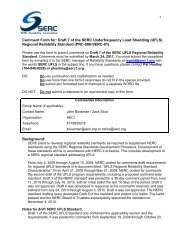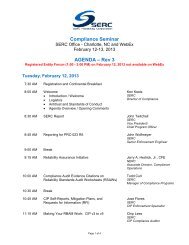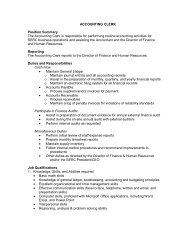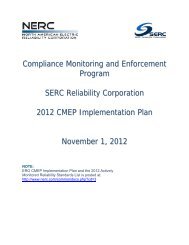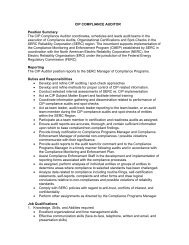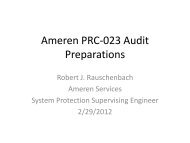RealityCharting e-book .pdf - SERC Home Page
RealityCharting e-book .pdf - SERC Home Page
RealityCharting e-book .pdf - SERC Home Page
- No tags were found...
Create successful ePaper yourself
Turn your PDF publications into a flip-book with our unique Google optimized e-Paper software.
Step Two: Determine the Causal Relationships<br />
strategies. Have faith in the process and, just like the jigsaw puzzle, with<br />
a little patience and tenacity, the picture will become clearer each time<br />
you repeat the steps.<br />
When the Realitychart is finished, there is usually only one primary<br />
effect left. If you have some causes left over, chances are they are part of<br />
another problem, or you have chosen to separate different parts of the<br />
event.<br />
The more complicated the event, the greater the chance of<br />
multiple primary effects. Remember, because of the cause-and-effect<br />
principle, all causes are connected with all other causes in some way.<br />
Trying to show these connections may make your understanding of<br />
the problem too complicated. If the problem is as big as an elephant,<br />
how should we eat the elephant One bite at a time, of course. Eating<br />
it whole would be impossible, so we need to divide the problem into<br />
smaller parts by focusing on separate primary effects. We call this<br />
“chunking” and it allows each part of a problem to be assigned to<br />
different teams.<br />
As we learned in chapter one, in the Deepwater Horizon Oil Well<br />
Incident, the investigators found eight key findings and four critical<br />
factors. Each one of these would be a good place to start a Realitychart.<br />
Figures 5.2 and 5.3 provide an example of this. As we continue to ask and<br />
answer the why questions, we will find more and more causes and the<br />
picture becomes clearer. Some of these Realitycharts will combine and<br />
others may not.<br />
Action<br />
Nitrogen<br />
Migrated<br />
Primary Effect<br />
Annulus<br />
Cement Failed<br />
Figure 5.2.<br />
Caused<br />
By<br />
Condition<br />
Cement<br />
Strength Below<br />
Requirement<br />
First Causal Element for<br />
Annulus Cement Failed<br />
Figure 5.3 includes the critical factor of “Hydrocarbons Flowing” and<br />
the key finding that the “Shoe Track Failed.” Instead of categorizing causes<br />
into critical factors and key findings like BP did, with this perspective we<br />
81


